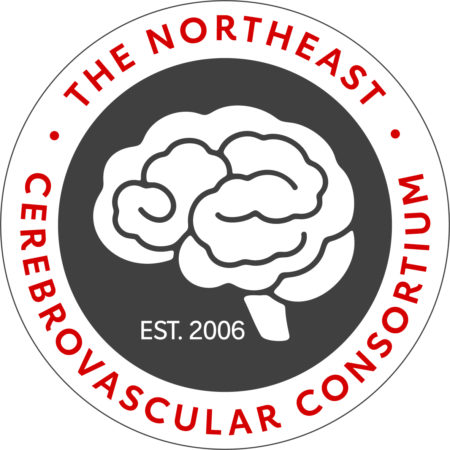NJ State Breakout Notes
Government Relations Update – Corinne Orlando (AHA|ASA)
- Legislation is pending. Group voiced concerns about the following: 1) how the NJDOH will manage their Stroke Designations with new TJC Certifications, 2) Incorporation of the newly-formed TJC TCS tier so lower volume endovascular-capable centers don’t lose patients and 3) who will create the EMS destination plans and how will they be implemented (confirmed during regulation by a legislation-drive nominated group).
State Stroke Data and Triage Algorithm Review – Dr. Mark Merlin & Group Discussion
Data Review:
- Recommendation is to perform pre-hospital stroke scale while EMS is in route, NOT on scene. This will trigger next steps, if needed (i.e. stroke pre-notification, calling stroke code, freeing up CT scanner, etc.
- Recommendation is to work more closely with BLS providers (have a “BLS educator” at each center) to better coordinate documentation of pre-notification, and perhaps even re-review screening. It’s being done, just not documented since BLS providers aren’t mandated to complete and submit run sheets at patient drop off (only 24 hour suggestion).
- Recommendation to ensure all 911 calls have a “debrief” (ALS-to-BLS onsite education) and feedback loops on outcomes, so BLS has learning opportunities and is more involved.
Tiering Challenges:
- There are regional challenges due the two-tiered structure of EMS (BLS and ALS), and BLS saturation and governance from local municipalities.
- BLS wait times (~30mins at times in rural areas) are challenge as 95% of the time they are the transport vehicle (ALS follows behind BLS in a SUV). However, these long wait time regions aren’t heavily covered by ALS, so despite wait times BLS coverage IS needed and appreciated here. This happens multiple times a day throughout NJ (NOT for stroke – overall). Stroke is only ~5% of calls.
- ALS shortages exist throughout state, due to staff transferring to police, Fire Depts, etc. and lower salaries.
- Availability of critical care transport (aka “MICUs” – Mobile Intensive Care Units) for transfers is also a major barrier, and often no transfer transport vehicle is readily available. This happens multiple times a day throughout NJ, and is worse during “off hours.” Licenses to become a MICU are controlled by state CONs (Certificates of Need).
- In NJ, EMS is also not a “mandated” and funded municipality requirement; only police, fire and sanitation are required and funded. EMS is controlled by CONs and on average current municipal CONs only require 3 EMS ambulances per municipal/geography region, but most require 2x that number due to NJ being the most densely populated state in US.
- Average EMS agency in NJ loses ~$1-4M a year – not a money-making endeavor and changes are slow to occur.
State Protocol Revision
- EMS bill to reform EMS framework was introduced twice to Chris Christie, but he vetoed it both times (EMSC of NJ oversees BLS Volunteers and is one of most powerful groups in NJ). EMSC of NJ argues that Volunteers will no longer be involved, so each former Volunteer BLS agency will now need to hire and pay staff, which will significantly drive up taxes in local municipalities (most acknowledge this will unfortunately happen).
- Due to the two EMS tiers, suggestion was made to only educate and train BLS on “screening” since they can’t treat stroke pts anyway, and focus on new protocol development and education of ALS providers.
- Since some EMS systems are “closed” (i.e. hospital-owned), those systems can move past BLS screening onto protocol adoption and adherence, as they see fit.
- Revised pre-hospital stroke scale can easily be introduced to ALS, but overall challenges exist with developing and executing proper training and education, then holding people accountable (i.e. current state requirements are voluntary “Guidelines” not mandated protocols).
- Considering complicated legislative and EMS tiering challenges and that incorporating the current ML EMS triage algorithm will be extremely difficult, suggestion was made to first assess availability of CTA scanners (aka “CT angiography,” scan which focuses on blood vessels).
- Recommendation was to assess location and availability of CTA scanners and triage from the field pts to those locations. Those pts deemed to have a bleed or LVO AT a CSC would remain there. Those pts NOT having a bleed or LVO would be repatriated to a PSC for lower-level stroke treatment.
